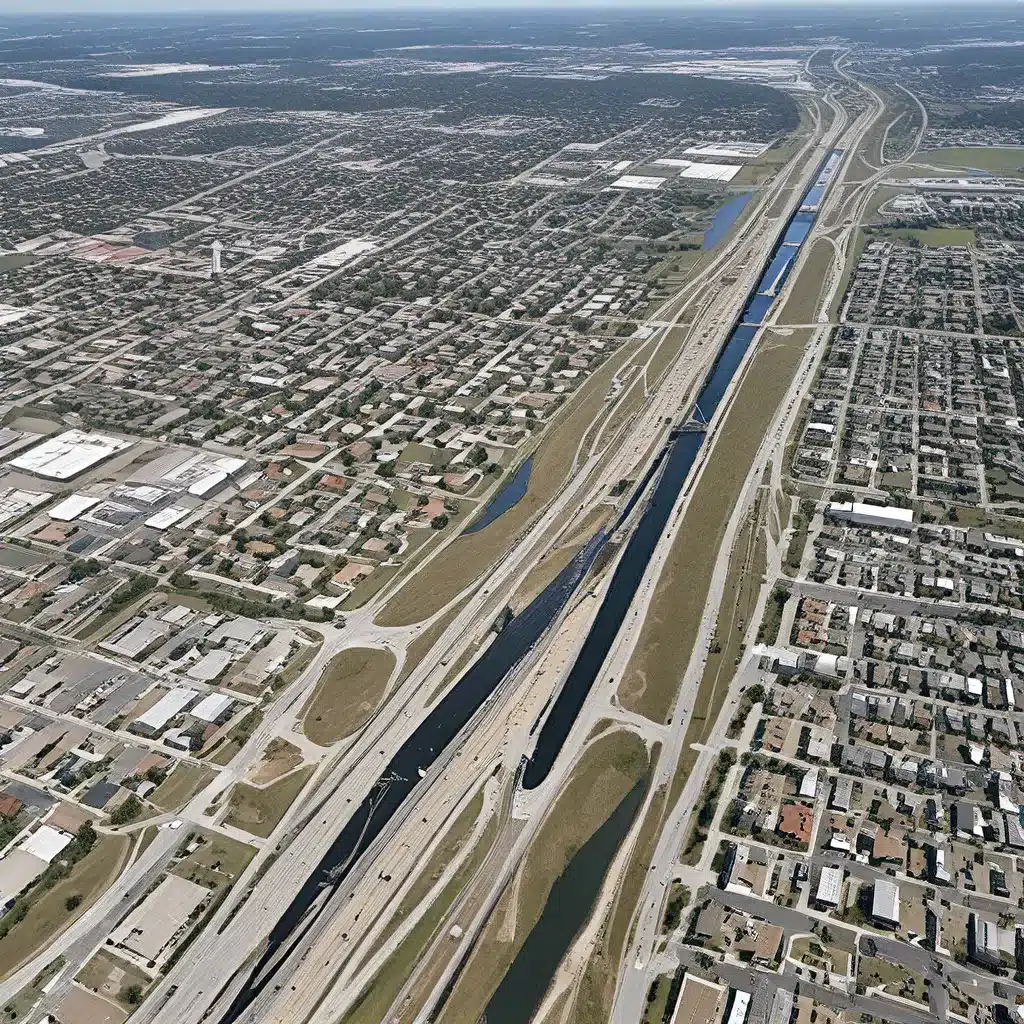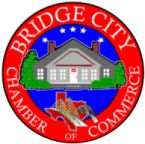
Embracing the Promise of Smart City Transformation
Ah, Bridge City – the bustling metropolis I’ve called home for the past decade. As I stroll through its vibrant streets, I can’t help but marvel at the rapid changes transforming this urban landscape. Gone are the days of clunky payphones and dial-up internet; today, cutting-edge technologies are woven into the very fabric of our city, promising to streamline everything from public transportation to energy management.
Smart city initiatives have taken Bridge City by storm, captivating local leaders and residents alike with their vision of a more efficient, sustainable, and connected urban future. Yet, as I dig deeper, I can’t help but notice a troubling trend – a widening digital divide that threatens to leave the most vulnerable members of our community behind.
Confronting the Digital Divide in Bridge City
The digital divide is a complex issue, encompassing far more than just access to the internet. It’s about the ability to leverage technology in ways that enhance economic, social, and educational opportunities. And in Bridge City, this divide is all too real.
As I pore over the latest research, I’m struck by the stark disparities that exist within our community. While affluent neighborhoods boast lightning-fast broadband and tech-savvy residents, certain pockets of Bridge City struggle with spotty connectivity and a profound lack of digital literacy.
This divide doesn’t just affect individuals – it has far-reaching consequences for our city as a whole. Residents without access to the digital economy are at a significant disadvantage when it comes to finding employment, accessing government services, and participating in the civic life of our community. And as our city becomes increasingly reliant on smart technologies, the risk of these disparities widening is all too real.
Bridging the Gap: Innovative Strategies for an Inclusive Smart City
But we can’t just throw up our hands in despair. As a proud member of the Bridge City community, I’m determined to find solutions to this pressing challenge. And I’m not alone – local leaders, community organizations, and tech innovators are all rallying to bridge the digital divide and create a more inclusive smart city.
Let’s start by taking a closer look at some of the innovative strategies being employed to ensure that all of Bridge City’s residents can reap the benefits of our technological transformation.
Enhancing Infrastructure Accessibility
One of the key pillars of our smart city initiative is investing in robust digital infrastructure. We’re working tirelessly to deploy high-speed broadband in underserved neighborhoods, leveraging public-private partnerships to bring affordable, reliable connectivity to every corner of our city.
But it’s not just about the pipes and cables – we’re also focused on ensuring that digital access is truly universal. That’s why you’ll find free public Wi-Fi hotspots popping up in community centers, libraries, and even some of our bustling public parks. The goal is to create a seamless, ubiquitous connectivity network that empowers all Bridge City residents to participate in the digital economy.
Promoting Digital Literacy and Inclusion
Of course, infrastructure is only half the battle. We also need to empower our community with the skills and knowledge necessary to navigate the digital landscape. That’s why we’ve launched a comprehensive digital literacy initiative, partnering with local schools, community organizations, and tech companies to offer targeted training programs.
These workshops cover everything from basic computer skills to more advanced topics like coding, data analysis, and cybersecurity. And the best part? They’re completely free and accessible to all Bridge City residents, regardless of their background or prior experience with technology.
But we’re not just teaching technical skills – we’re also fostering a culture of digital inclusion. By integrating technology-focused curriculum into our K-12 classrooms and offering resources in multiple languages, we’re ensuring that no one is left behind as our city embraces the digital age.
Ensuring Affordable Access to Digital Tools
Of course, even the most robust digital literacy programs won’t mean much if our residents can’t afford the necessary devices and services. That’s why we’re working tirelessly to make technology more accessible and affordable for all.
Through innovative subsidy programs and affordable payment plans, we’re putting laptops, tablets, and smartphones within reach of low-income households. And for those who still can’t swing the cost, we’re partnering with local nonprofits to distribute free or deeply discounted devices to the most vulnerable members of our community.
But it’s not just about the hardware – we’re also tackling the high cost of internet access. By negotiating with service providers and exploring creative financing models, we’re working to ensure that reliable, high-speed connectivity is a reality for every Bridge City resident, not just the wealthy.
Fostering Public-Private Partnerships
As you can probably tell, bridging the digital divide is no easy feat. It’s going to take a collaborative, multi-pronged effort to truly transform our city into a tech-enabled, inclusive urban center. That’s why we’re tapping into the expertise and resources of a diverse array of partners – from tech giants to local startups, nonprofits to academic institutions.
By pooling our knowledge and resources, we’re able to develop innovative solutions that address the unique challenges facing Bridge City. Whether it’s deploying sensor networks to improve transportation efficiency or designing AI-powered tools to streamline government services, these public-private collaborations are the key to unlocking our smart city’s full potential.
And it’s not just about the technology – these partnerships are also vital in driving social impact. By aligning our efforts with the needs of marginalized communities, we’re ensuring that the benefits of our smart city transformation are equitably distributed throughout Bridge City.
Incorporating Inclusive Policies and Practices
Of course, all of these efforts would be for naught if we don’t have the right policies and practices in place to support digital inclusion. That’s why we’re embedding equity and accessibility into the very DNA of our smart city initiatives.
From conducting rigorous impact assessments to ensure that new technologies don’t exacerbate existing disparities, to designing digital services that are user-friendly and accessible to all, we’re committed to putting inclusivity at the forefront of everything we do.
And it’s not just about the technological solutions – we’re also exploring creative governance models that give historically underrepresented communities a stronger voice in the decision-making process. By empowering local residents to shape the future of our city, we’re building a smart city that truly reflects the diverse needs and aspirations of all Bridge City dwellers.
Unlocking a Brighter Future for Bridge City
As I reflect on the journey we’ve undertaken to bridge the digital divide, I can’t help but feel a renewed sense of optimism for the future of our beloved Bridge City. Sure, the challenges are daunting, but the possibilities are equally inspiring.
By harnessing the power of technology and prioritizing equity and inclusion, we’re paving the way for a smart city transformation that lifts up all of our residents, not just the privileged few. And as we continue to innovate, collaborate, and build a more connected, tech-savvy community, I can’t wait to see what the future holds for Bridge City.
So, if you’re feeling inspired to join us on this exciting journey, I encourage you to visit the Bridge City Chamber of Commerce website to learn more about the innovative strategies we’re employing to bridge the digital divide and create a smarter, more inclusive city for all.


